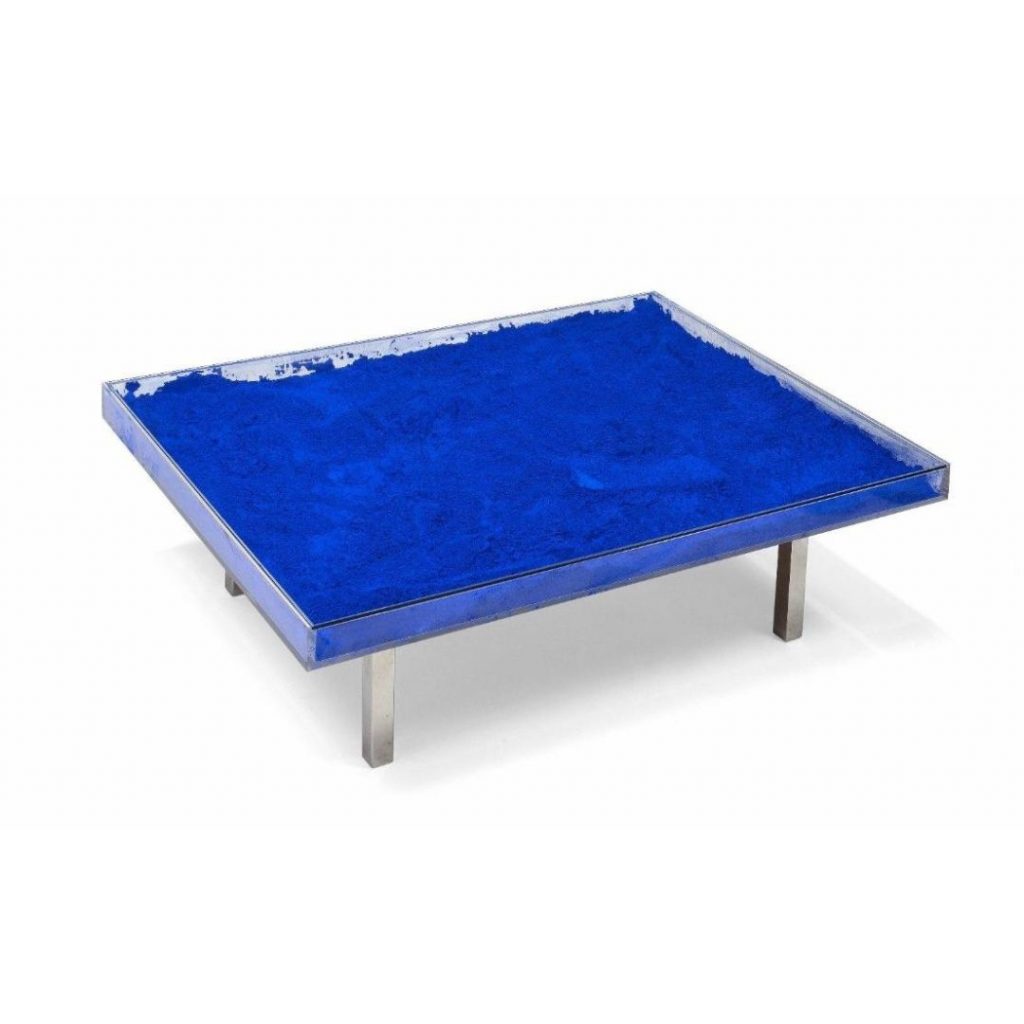Contact us for more information
Yves Klein, born in Nice in 1928, was originally a judoka. In 1954, he turned definitively to art and began his “Monochrome Adventure”.
Driven by the idea of “freeing colour from the prison of the line”, Klein turned to monochrome because, for him, it was the only way of painting that made it possible to “see what was visible in the absolute”.
Favouring the expression of sensibility over figuration in form, Yves Klein went beyond all artistic representation and conceived of the work of art as the trace of the artist’s communication with the world. It is invisible reality that becomes visible. His works are “the ashes of his art”.
Yves Klein’s work reveals a new conception of the artist’s function. For him, beauty already exists in an invisible state. His task was to capture it wherever it was, in the air and in matter. He turned his entire life into a work of art: “Art is everywhere the artist goes.
In his quest for immateriality and infinity, he adopted ultramarine blue as his vehicle. From this more-than-blue blue, which he named “IKB” (International Klein Blue), radiates a colourful vibration that doesn’t just engage the viewer’s gaze: it’s the mind that sees with the eyes.
From his monochromes, to emptiness, to the “living brush technique” or “Anthropometry“, to the use of elements of nature to manifest their creative force or gold, which he used as a passageway to the absolute, he designed a body of work that crossed the boundaries of conceptual art, body art and happening art.
Just before he died, Yves Klein confided to a friend: “I’m going to enter the biggest studio in the world. And there I will make only immaterial works.
Between May 1954 and 6 June 1962, the date of his death, Yves Klein burnt his life away to produce a flamboyant body of work that marked its era and still shines today.





